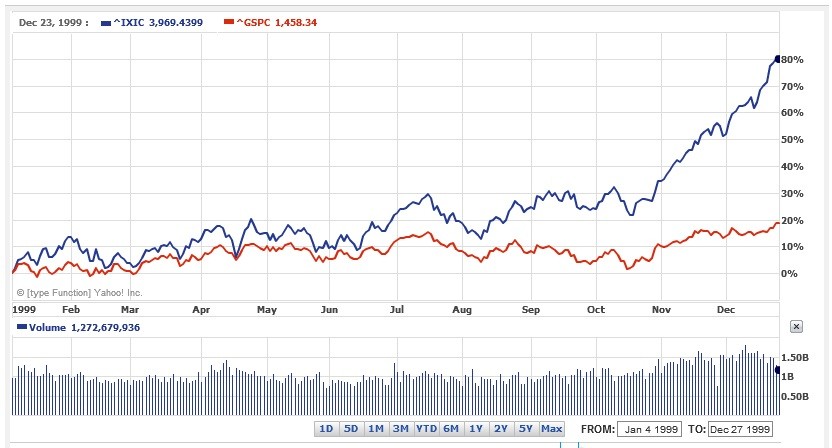Open Your First IRAKiplinger
Post on: 29 Апрель, 2015 No Comment

How to get started and where to put your money.
iStockphoto
Maybe the choices in your employer’s retirement plan are lousy. Maybe you need another tax break or want to reduce your tax burden in retirement. Maybe you’ve maxed out your 401(k) and still want or need to save more. If so, open an IRA.
SEE ALSO: Are You Saving Enough for Retirement?
Anyone who’s younger than 70½ and has earned income can open an individual retirement account. While the age limit does apply to traditional IRAs, it does not apply to Roths. Even your kids can open an IRA as long as they’re earning money. And while starting an IRA isn’t child’s play — you’ll want to compare fees, expenses and investment performance — it isn’t that tough, either.
Types of IRAs
Basically, you have two types of IRAs to choose from: Roth and traditional. Which one you choose depends on how much you make now and your tax bracket in retirement. If your modified adjusted gross income (AGI) is less than $131,000 ($193,000 for couples filing jointly) and you’ll be in a higher tax bracket in retirement, then consider a Roth IRA. Your contributions aren’t deductible, but you’ll be able to withdraw your nest egg tax-free.
If you think your tax rate will decline in retirement, then consider a traditional IRA. You can deduct your contributions today, but you’ll pay taxes on the money when it’s withdrawn. However, the deduction fades away above certain income levels if you’re eligible to participate in your employer’s retirement plan.
The contribution limit for both Roth and traditional IRAs is $5,500 ($6,500 if you’re 50 or older) this year.
Where to start
Not sure where to put the money? Don’t let that be an excuse for not opening an account. While you’re hemming and hawing over where to invest, your money could be earning interest. Even if you start with a low-interest money market fund, you can switch to more lucrative investments later. The important thing is not to delay.
You have three main options when it comes to opening an IRA: a bank, a brokerage or mutual fund company. And you can invest in any kind of security — stocks, bonds, mutual funds, etc.
A bank might work well if you can’t decide where to put your money. It also can be a good choice if you don’t have much to invest. You often can open an account for as little as $100. Most let you invest in CDs or money market accounts, sometimes without an annual fee. Check Bankrate.com for average rates .
For rookie IRA investors, mutual funds are probably the simplest option — you can leave the stock picking to the pros and spread your money and your risk instantly across a large number of investments. Look for a mutual fund company with a broad choice of funds. You may start with just a single fund, but as your IRA grows, you’ll want to split it up into a number of funds with different investment styles.
Many funds require a minimum initial investment of $1,000 or more. Remember to keep an eye on expenses, and if you’re doing the fund picking yourself, try to avoid sales loads. You can use expense ratios to compare ongoing management expenses of different funds. The average is about 1.32% for actively managed U.S. stock funds, but you can find much lower ratios. Vanguard Total Stock Market Index (VTSMX ), the largest index mutual fund, charges just 0.17% per year.

Many fund companies will let you open an IRA online, and most let you set up automatic contributions from your checking account for free.
More experienced investors might opt to open their IRA at a brokerage firm. where you can select your own mix securities or choose from thousands of mutual funds.
If you choose to buy individual securities for your IRA, you’ll have to pay a commission on trades. For mutual funds, shop among no-load, no transaction fee funds so you don’t have to pay a commission in addition to the underlying expense ratios. Scottrade. for example, offers nearly 3,000 commission-free mutual funds.
Allocate your assets
It doesn’t matter what your age is or how much you’re investing, it’s critical you have an asset allocation plan. A good plan takes into account age, risk tolerance and investment experience.
Don’t assume that because you’re saving for your retirement that you should plop all your money into the safest investment possible. You might not lose much if you invest in government bonds, but you won’t gain much, either.
Put the stock market’s day-to-day volatility out of your mind and focus on the long term. Since 1926, U.S. stocks, as measured by Standard & Poor’s 500-stock index, have returned nearly 10% a year. Typically, the further you are from retirement, the more risk you can take, and the more stocks or stock funds you can stuff into your retirement account. For a list of our mutual fund picks for investments of ten years or longer, see our long-term portfolios .
If you’re just getting started, you’ll probably be better off putting your money into just one fund, though. If you’re investing $5,500 or less, trying to divide this money up between several funds might get costly. Some companies charge a fee for each mutual fund you invest in and all charge fees for low IRA balances, plus a fee for administering your IRA. So aim for a fund that has diversified holdings in small-, mid- and large-cap stocks.














